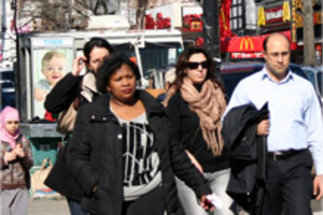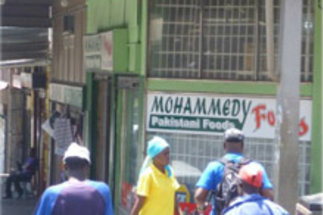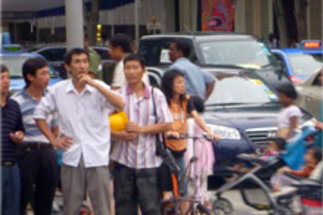The research sites
Drawn from an array of possible contexts, the sites for comparison in the GLOBALDIVERCITIES project have been specifically chosen for a number of reasons. Processes of diversification and the layering of ‘old’ and ‘new’ diversities are understudied. Therefore, the choice of cities - New York, Singapore, and Johannesburg - has been made according to ‘diverse case’ selection strategy in order to take account of multiple variables leading to typological theorizing. Here, variables refer to possible modes, constraints and opportunities of diversity encounter. The selection thus reflects the differentiated historical and political-economic circumstances behind the changing patterns and politics of diversity in cities and neighbourhoods, with discrete conditions shaping trajectories, layers of diversity and the social relations deriving from them. It is proposed that looking at diversification in key global cities will take on an increasing relevance as more and more cities come to resemble them in important ways, especially in terms of increasing economic, demographic and cultural flows. In each case city, the choice of neighbourhoods has been made with attention to contexts in which new super-diversity is evident, where no single group dominates, and where (physical/spatial, visual and social) manifestations of old and new diversities can be seen to meet. The public spaces within each are expected to offer common sites for fleeting and more sustained encounters embodying processes of stress alongside processes manifesting the construction of new, common and productive modes of interaction.
Astoria, New York is known as one of the most diverse areas in the USA. New York is the classic city of immigration and, as the country’s foremost port of entry, has historically received several waves of newcomers. With a population of just over 8 million, foreign-born residents comprise 36% of the city. New York City’s foreign-born population has doubled in the past thirty years. In addition, groups are coming from places whence they had never come before. Breaking from the pattern of successive waves from different places (Ireland, Italy, Blacks from the southern USA, Mexico, etc.), extraordinary diversity is the hallmark of contemporary immigration to New York.
[more]
After 1990 and the collapse of Apartheid, migration to South Africa (and to Johannesburg in particular) from the region, the continent and the rest of the world has dramatically increased. Actual demographics of immigration to South Africa are exceedingly difficult to grasp, and they entail very heated political debates within the country. Perhaps a reasoned estimate of foreigners from all over Africa – legal and illegal – is between one to three million, although the numbers may be rising due to the on-going Zimbabwean crisis. Origins of migrations to Johannesburg include Zimbabwe, DRC, Mozambique, Namibia, Lesotho, Somalia, Nigeria and other parts of South Africa.
[more]
Singapore has been a highly regulated multi-ethnic city since colonial times. Politics and public campaigns are based on the official multiracial CMIO model (Chinese, Malay, Indian, and “Others”), together with the establishment of four official languages (Malay, Mandarin, Tamil and English). However, Singapore is extremely dependent on labour migrants for its continuing economic maintenance and development. Most of this dependency is controlled by a restrictive work permit system for low skilled workers in manufacturing, construction, and domestic services (while there are also large numbers of high skilled foreign workers and students).
[more]



